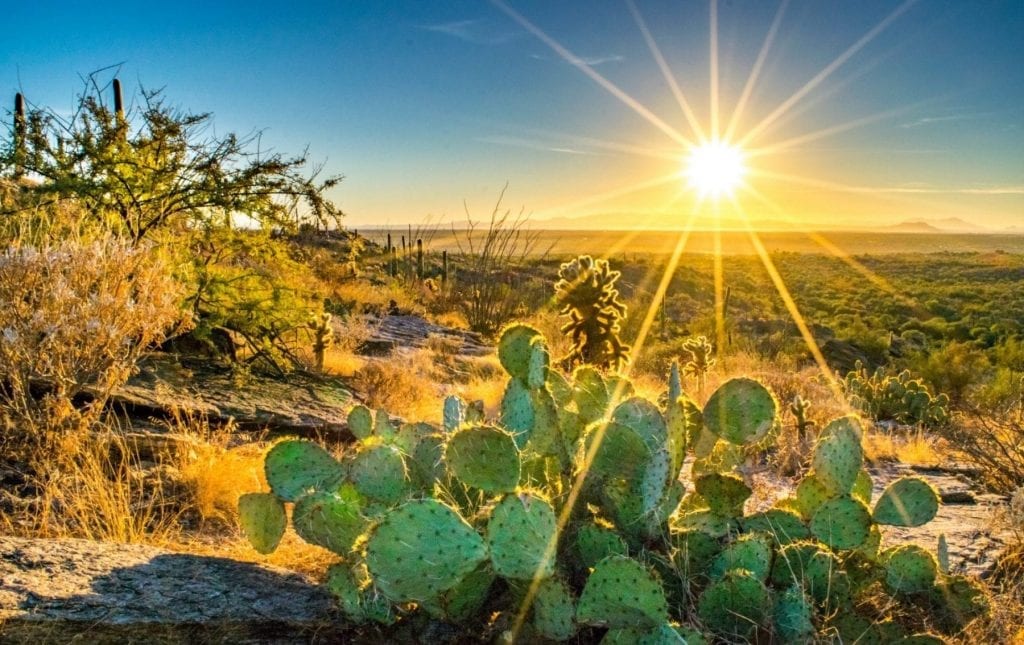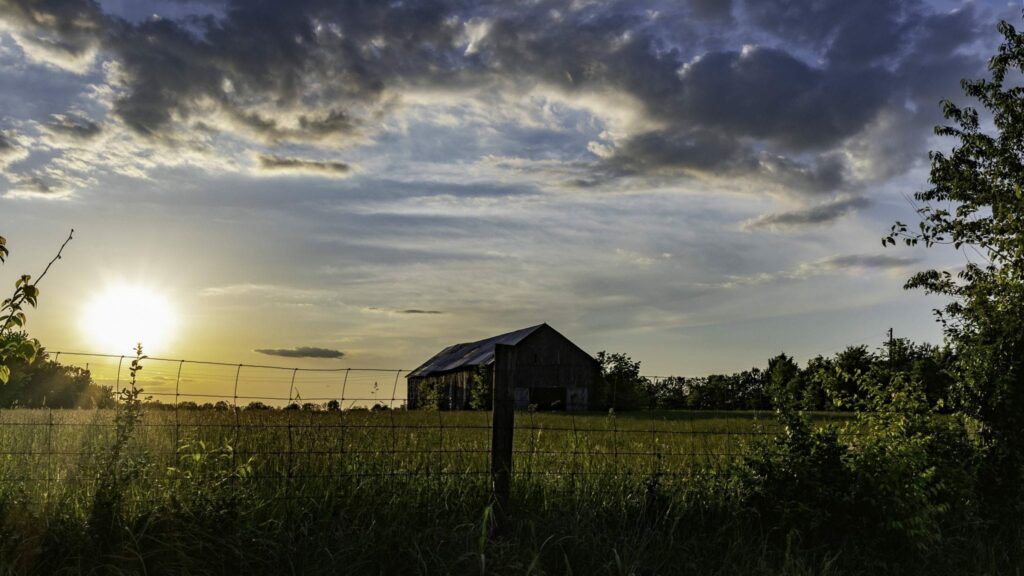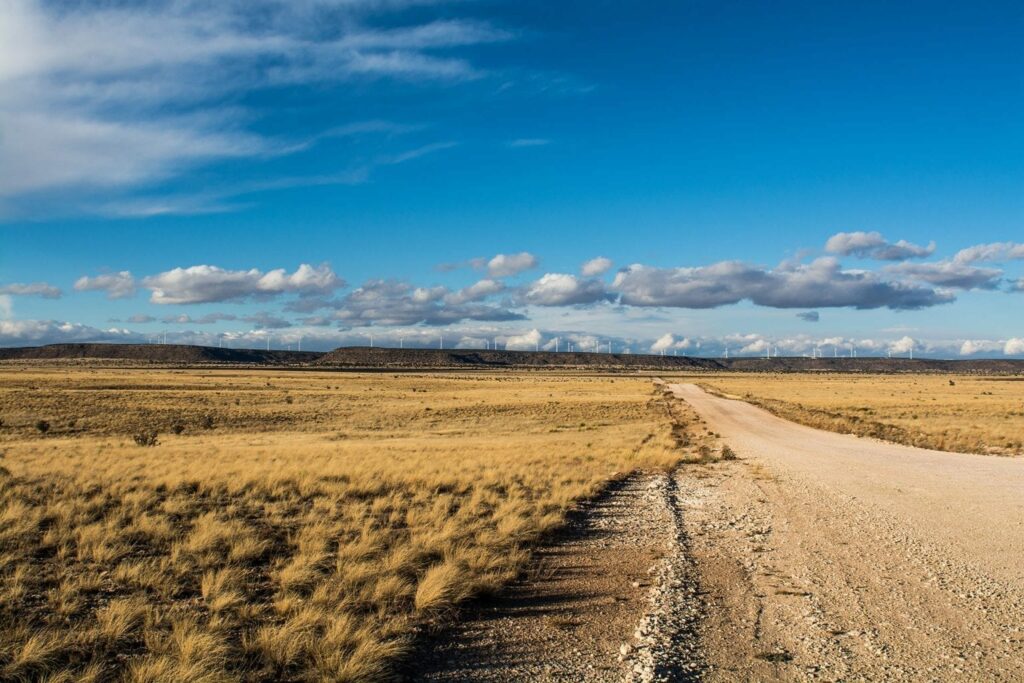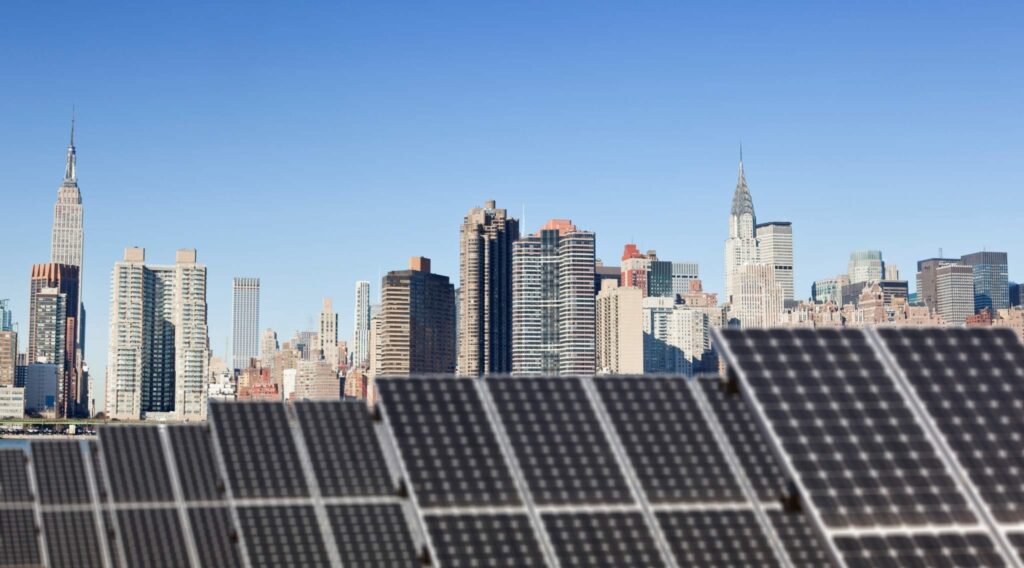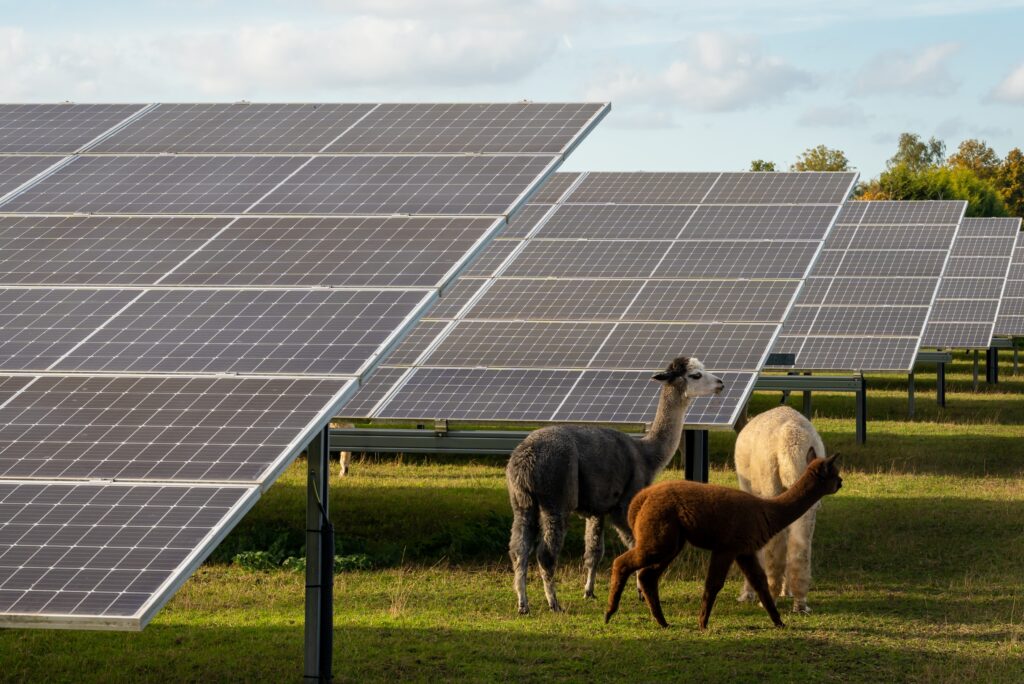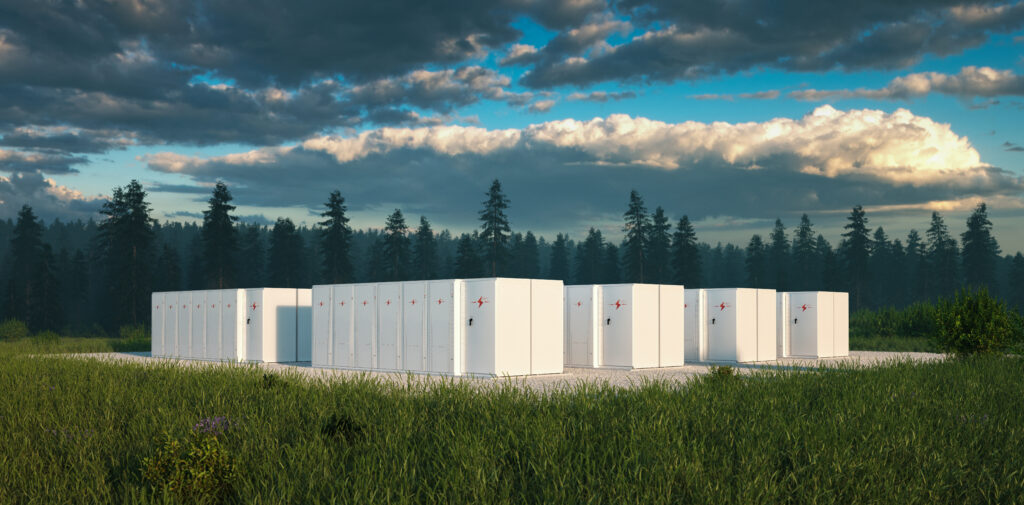Landowners
Scout is a nationwide land consulting firm dedicated to identifying sites suitable for energy projects and helping landowners sell or lease to the country’s top developers.

Scout Knows Land
Scout Land Consultants has evaluated over 100,000 properties and
helped more than 1,400 landowners successfully secure lease or purchase agreements for renewable energy projects.
Leasing Your Land for Solar
No Cost To Landowner
Diversification of Land Use
Long-Term Fixed Annual Income
Cleaner Planet
As Featured In...
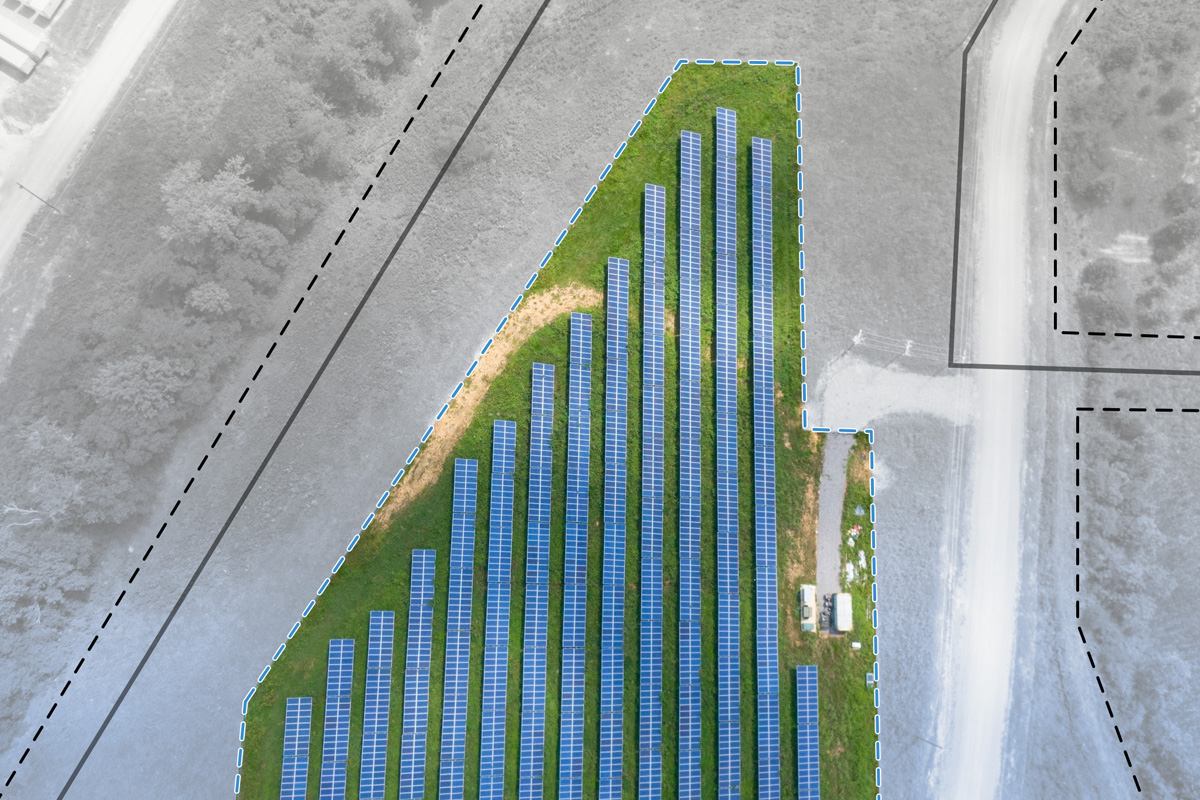
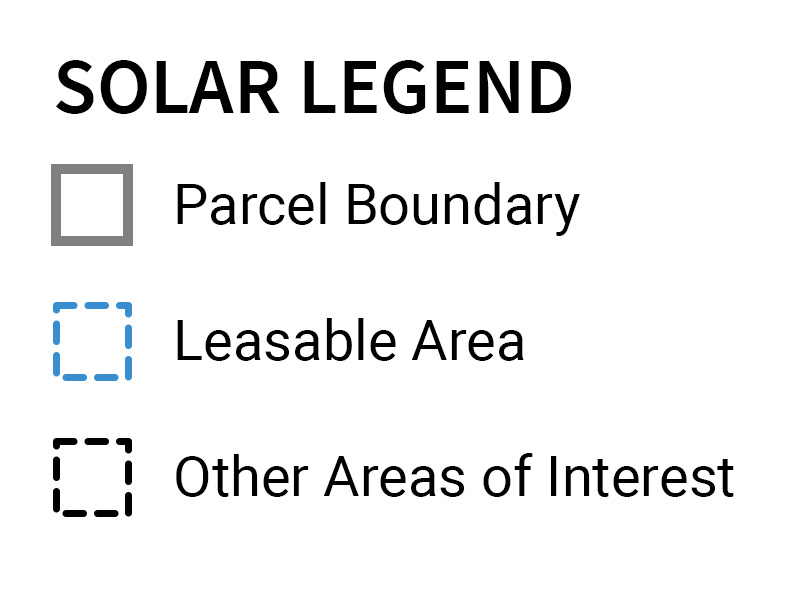
How Much Land Is Needed for Solar?
Solar farms need between 10 – 1,000 acres depending on the surrounding power lines in the area. Developers are interested in a wide variety of property types, located anywhere in North America where solar energy projects are economically feasible.
Our Process
We evaluate your property for free to determine the type of solar farm your land could accommodate.
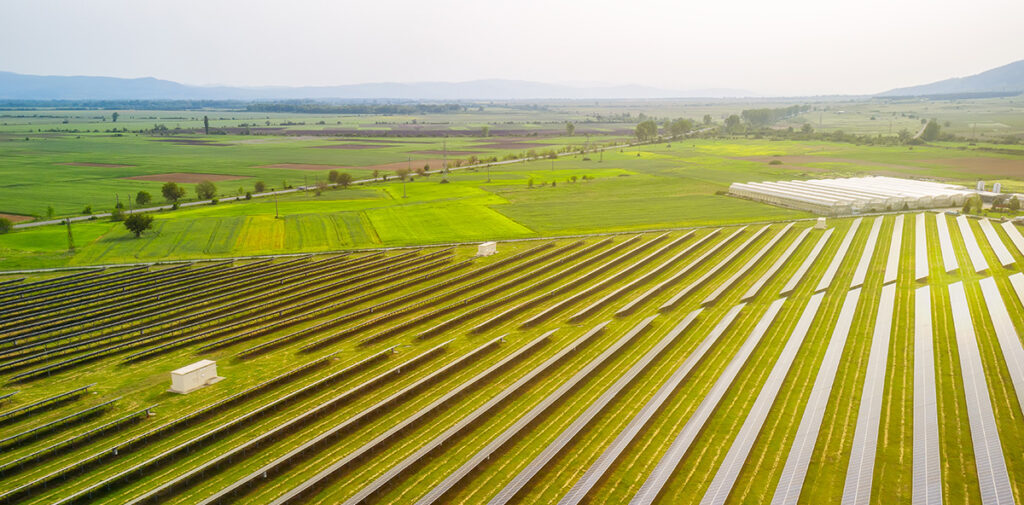

Suitable Power Lines
Substations Nearby
No Floodplains or Wetlands
- Suitable Power Lines
- Substations Nearby
- No Floodplains or Wetlands
- Minimal Slope or Topography
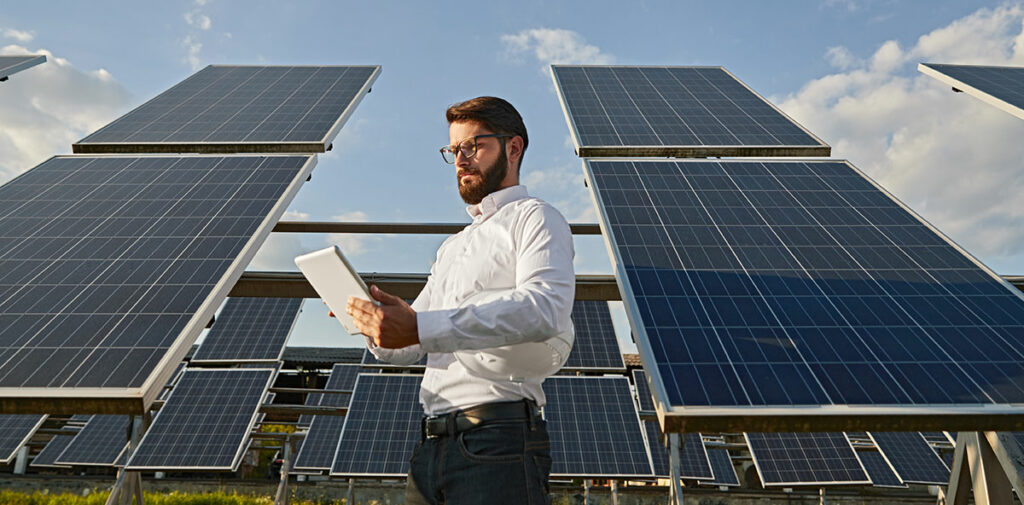

Is Your Land The Right Fit For Solar?
Leasing your unused acres to solar developers allows you to generate extra monthly income, all while contributing to the renewable energy revolution that is working towards cleaner air and water.
Case Study
The Power of Community Solar
Frequently Asked Questions
1 megawatt (MW) requires up to 4-8 acres of suitable land, depending on local characteristics of the property. Developers are interested in a wide variety of property types, located anywhere in North America where solar energy projects are economically feasible. Most developers seek to develop solar projects 10 MW or larger in size.
Land payments vary by geography as determined by local site conditions and the market cost of land. Most rent is significantly higher than current agricultural use. Find out how much your land could be worth by using our complimentary solar calculator.
Rent payments begin at the beginning of construction. Prior to this point, you will have full access to use your property as you see fit.
Unfortunately, we have never been involved in a project that includes that provision. Here’s why – the technical requirements dictated by the utility to the developer are detailed and stringent. Since the utility has to protect its significant investment in the electrical grid and what feeds into it, they don’t allow for the developer to make special accommodations.
